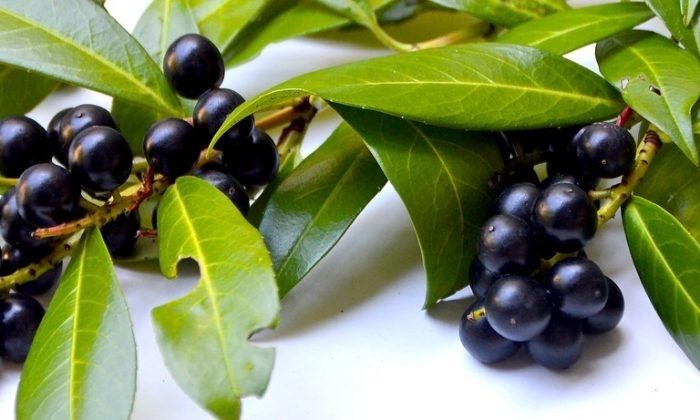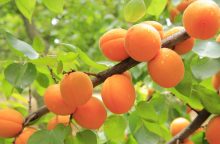English Laurel for your living hedge

Not sure what plant to choose for your living hedge? Look no further! Today we will give you the ideal candidate – English Laurel hedge. Living hatch is a shrewd way how to cover various unpleasant spots and corners. It is quite a traditional in central Europe. Let us advise you how to grow this plant and how to take care of it.
Beware of poisonous berries!
There is one risk. Poisonous berries. English laurel (Prunus laurocerasus) grows dangerous and poisonous berries. These black fruits can cause many problems to humans because they contain essential oils which may cause vomiting, increased breathing, dizziness and headaches. Some people may even experienced severe symptoms causing them to lose consciousness. On the other hand, birds feed on this fruit with no problem – these berries are not dangerous to them. This woody plant is a massive shrub and it is very traditional in our climate. It can grow up to 6 m in height and the most distinctive features are its leathery leaves in an elliptical shape.
English Laurel living hedge
English Laurel must be planted in the spring from a container and with a good root system. Cut off only diseased and dry branches because English Laurel is sensitive to deeper cuts. Limit the cutting and make sure you don’t cut too deep. This plant is perfect for a living hedge and it is widely used for this purpose. Some people prefer planting living hedge together with other plants, other like only one cultivar. It is also used as a decorative plant or to form interesting undergrowths underneath tall and sparse trees in the garden.
Combine several varieties
Varieties such as Schipkaensis, Caucasica or Zabeliana a very common in our climatic conditions. The main reason for their popularity is their toughness. These varieties are commonly used to form undergrowths and bushes between or around tall trees. Schipkaensis variety can reach heights of two meters and has elongated dark green leaves. Caucasica is a well-growing and lush plant. Zabeliana is less tall with a slightly overhanging structure. It can reach height of one and a half meter and is mainly used for hedges. Thanks to their elegant appearance all are often mixed and combined to create interesting variations or to create a simple decorative element in your garden.
English Laurel: Photo Pixabay

Gardening is my hobby, I have a lot of experience and I am happy to share it.








0 comments